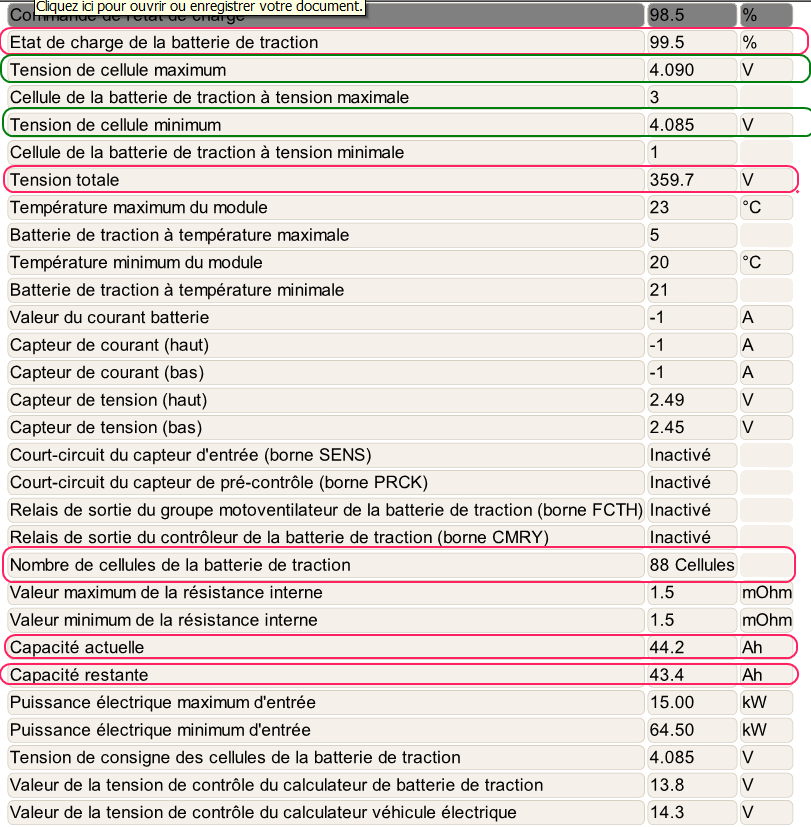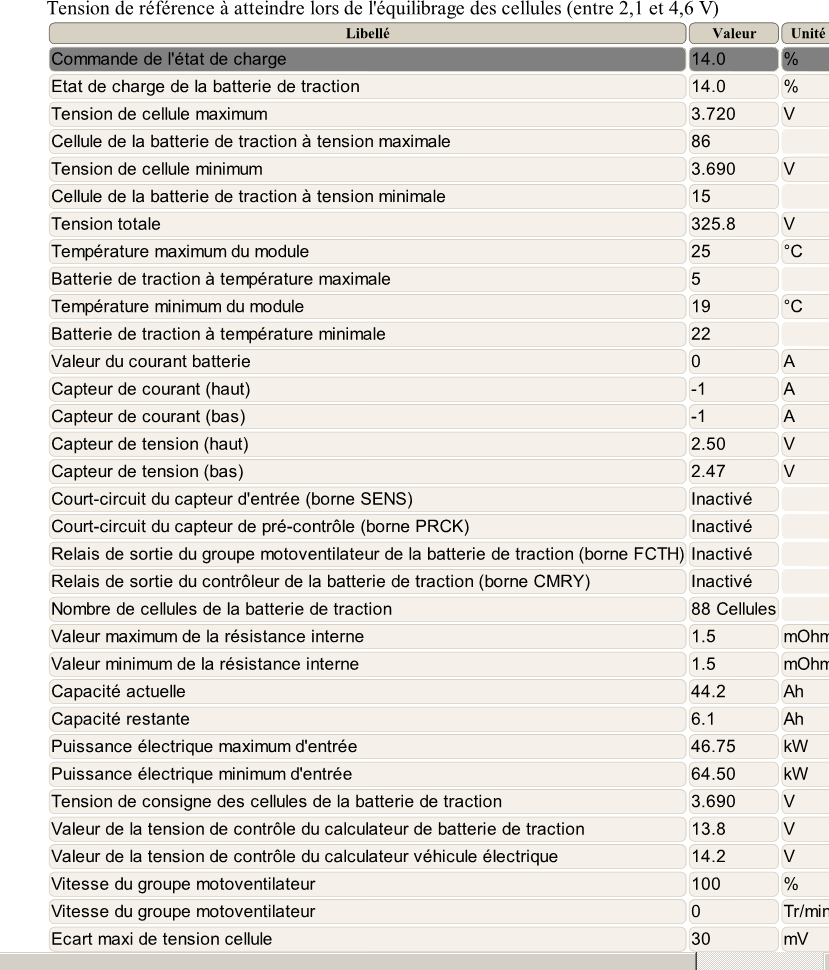garygid
Well-known member
Look at the 4th post on the 3rd Page of this thread (see below)
for a list of the AT commands that tell the OBDLink to assume a
CAN bus and just listen to (and output to the PC) all the
Messages.
Please report what you tried, how, and with what software.
The OBDwiz software might try to do too much, automatically,
when it starts up. You might need to use a simple dumb terminal
program to send just the AT commands that we want to use.
We want to NOT let the OBDLink do its normal job of
writing to the CAN bus and trying to get the car's error codes.
Passive listening... Good, writing to the bus... Bad, at least until
we know a lot more about what is safe to write, and how
to use the responses.
for a list of the AT commands that tell the OBDLink to assume a
CAN bus and just listen to (and output to the PC) all the
Messages.
NOTE: Is that speed-setting command STSBR or ST$BR?priusfan said:Bonjour,
on my side, yes, I can log all the messages.
to avoid bufferoverflow, you should change the default interface'speed from 115kbps to 500000bps (once only)
a) connect to your interface with a terminal @115kpbs
b) send the command "stsbr 500000"
c) reconnect @500000bps
see this thread
d)now, to monitor all the messages, send following sequence:
"ATSP6" ' CAN 11 bits @ 500k
"ATE0" ' Echo OFF
"ATH1" ' Header ON
"ATL0" ' no crlf
"ATS0" ' suppress spaces
"ATMA" ' Monitor All
if you get CanErrors, add the command ATCAF0
I sent to Gary a MP with a link to a big log and to an excel spreadsheet used for detailing this log.
I hope the iMiev is exactly the same as Peugeot iOn regarding CAN messages...
Please report what you tried, how, and with what software.
The OBDwiz software might try to do too much, automatically,
when it starts up. You might need to use a simple dumb terminal
program to send just the AT commands that we want to use.
We want to NOT let the OBDLink do its normal job of
writing to the CAN bus and trying to get the car's error codes.
Passive listening... Good, writing to the bus... Bad, at least until
we know a lot more about what is safe to write, and how
to use the responses.



































